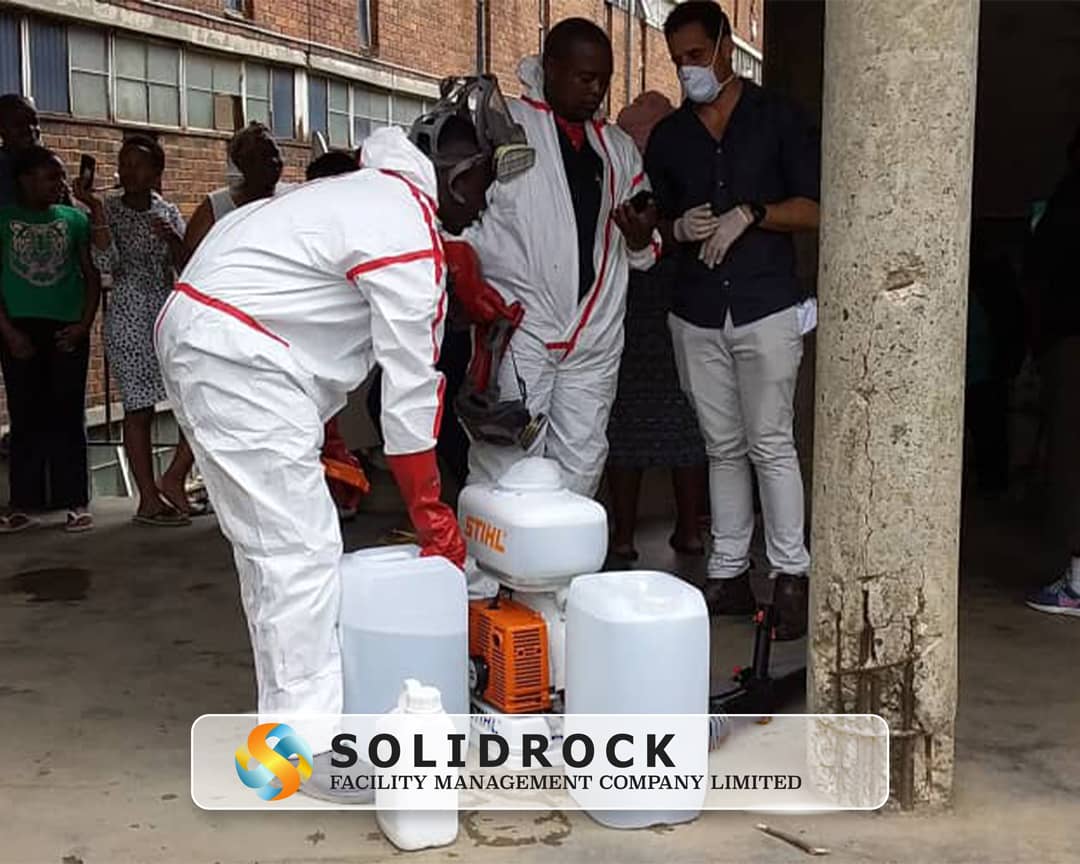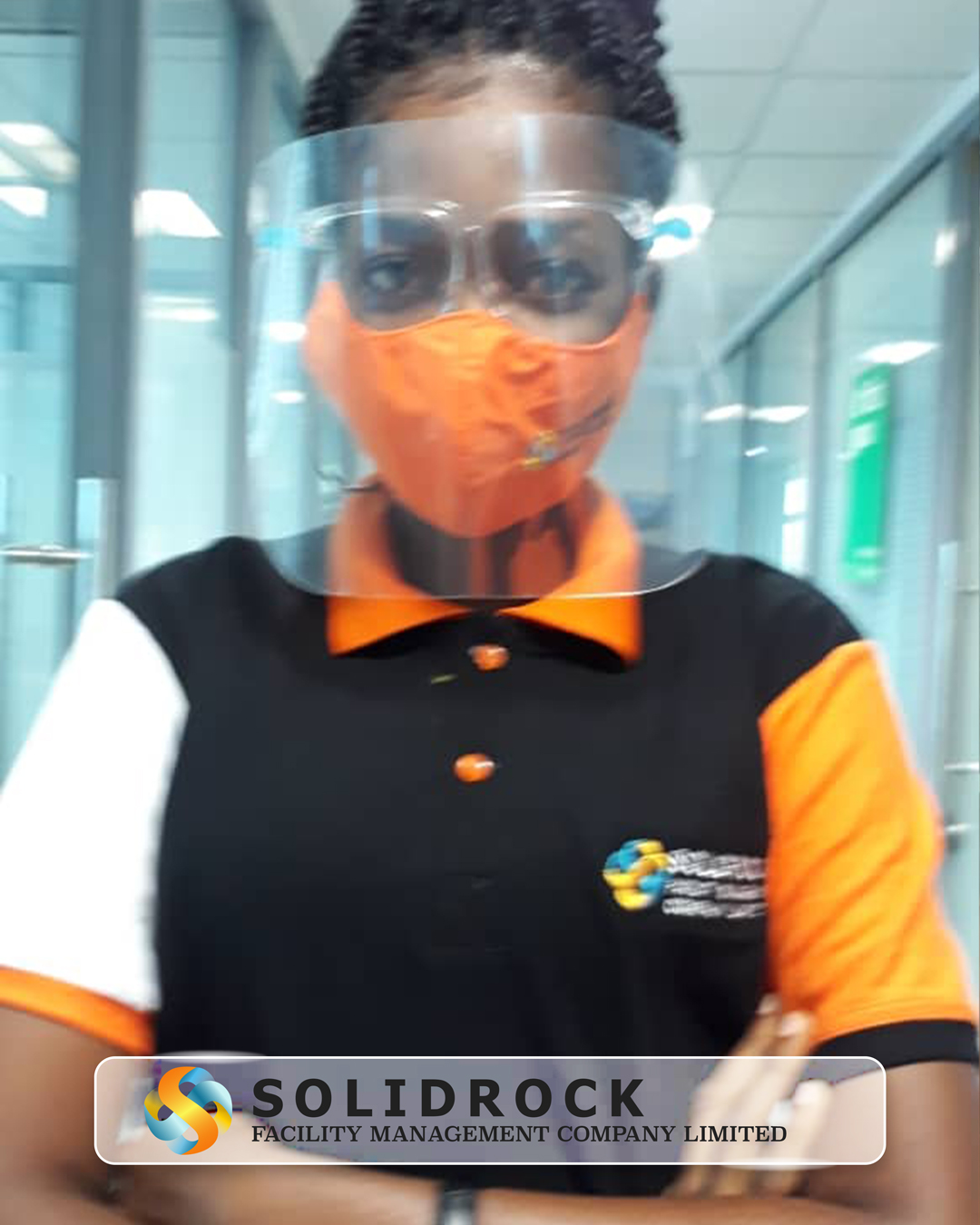A Guide To Back-To-School Sewer And Drain Maintenance
When students return to classrooms and dormitories, facility managers know that their buildings enter a period of heavy, sustained use. Campus housing fills up, laundry rooms run overtime, and kitchens and restrooms operate at full capacity. This seasonal surge places additional stress on plumbing and drainage systems, which can lead to backups, clogs, and costly repairs if left unaddressed.
There are several best practices to prepare for back-to-school plumbing demands in order to keep operations running smoothly and avoid emergency calls.
Anticipating The Seasonal Surge
Back‐to‐school season introduces unique strain points for drains and sewers. Laundry rooms are one of the first areas to feel the impact. Bedding, uniforms, and sports gear generate more loads than usual, and excess detergent, lint, and residue can build up inside pipes. Bathrooms in dormitories and student apartments are another high‐risk zone, where hair, hygiene products, and even “flushable” wipes can create stubborn clogs.
Preventing Clogs Before They Start
A proactive approach to drain care begins with simple but consistent measures. In laundry areas, liquid detergent is preferable to powders, as it dissolves more fully and leaves less buildup in pipes. Installing and maintaining lint and hair strainers in showers and sinks captures debris before it reaches the system.
Just as important is reinforcing proper waste‐disposal habits. Toilets should only receive human waste and toilet paper, products marketed as “flushable,” such as wipes, can easily create obstructions. In kitchens, staff and tenants should be reminded never to pour grease down the drain and to dispose of food scraps in the trash instead of the garbage disposal.
These steps are simple but highly effective in reducing the most common causes of seasonal plumbing issues.
Identifying Early Warning Signs
Even with good habits in place, drainage systems should be monitored closely during peak periods. Slow drains, gurgling noises, recurring clogs, and sewer odors are all signs that a line may be partially blocked. Addressing these issues before a full backup occurs can prevent downtime and protect facilities from water damage.
Seasonal camera inspections or hydro‐jetting services can ensure hidden buildup or root intrusion does not disrupt operations. These methods allow teams to identify and resolve problems without waiting for a failure.
Establishing A Preventative Maintenance Routine
While the start of the school year is an obvious time for inspections and cleanings, establishing a recurring maintenance program is the most reliable way to stay ahead of problems. Facilities with high occupancy or heavy kitchen usage often benefit from quarterly hydro‐jetting and grease trap service, while lower‐demand environments may only need semiannual or annual attention.
Routine cleaning is far less disruptive, and far more cost‐effective, than managing a sudden sewer backup or water emergency. Consistent service also extends the life of existing plumbing infrastructure and reduces the risk of mid‐semester surprises.
Building Awareness Among Occupants
Finally, facility managers should view drain care as a shared responsibility. Tenant and staff education is an essential part of a successful strategy. Posting reminders in laundry rooms and kitchens, providing strainers or basic plungers, and delivering short orientations for new residents can all dramatically reduce misuse.
Simple engagement goes a long way. When residents and staff understand how their habits impact the larger system, they are more likely to prevent problems before they start.
Back‐to‐school season doesn’t have to bring plumbing headaches. By anticipating higher demand, reinforcing best practices, scheduling preventative maintenance, and engaging occupants, facilities can manage their systems confidently and keep operations running smoothly. A thoughtful, proactive approach minimizes costly repairs and ensures that drains and sewers handle the demands of a busy academic year without interruption.
Keeping Facilities Flowing All Year
Back‐to‐school season doesn’t have to bring plumbing headaches. By anticipating higher demand, reinforcing best practices, scheduling preventative maintenance, and engaging occupants, facilities can manage their systems confidently and keep operations running smoothly. A thoughtful, proactive approach minimizes costly repairs and ensures that drains and sewers handle the demands of a busy academic year without interruption.




